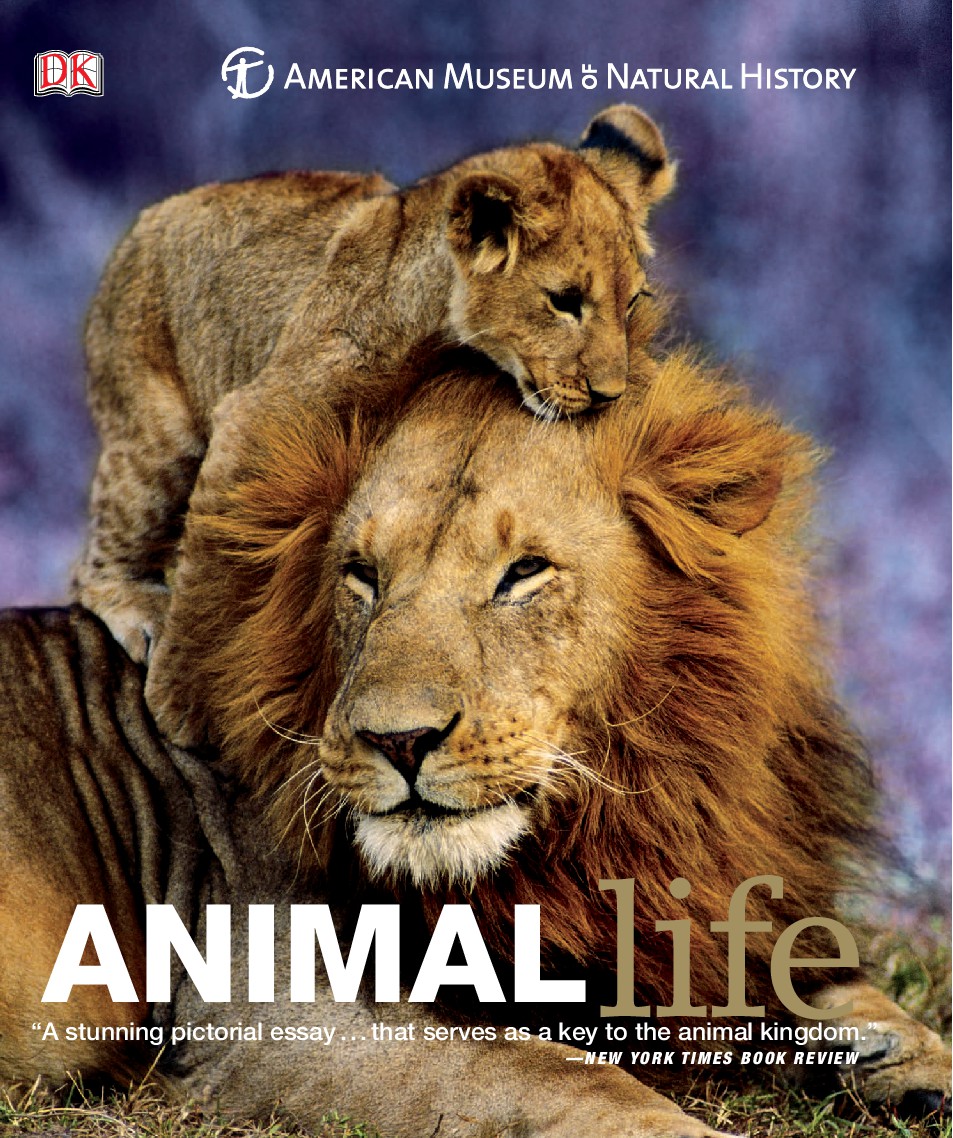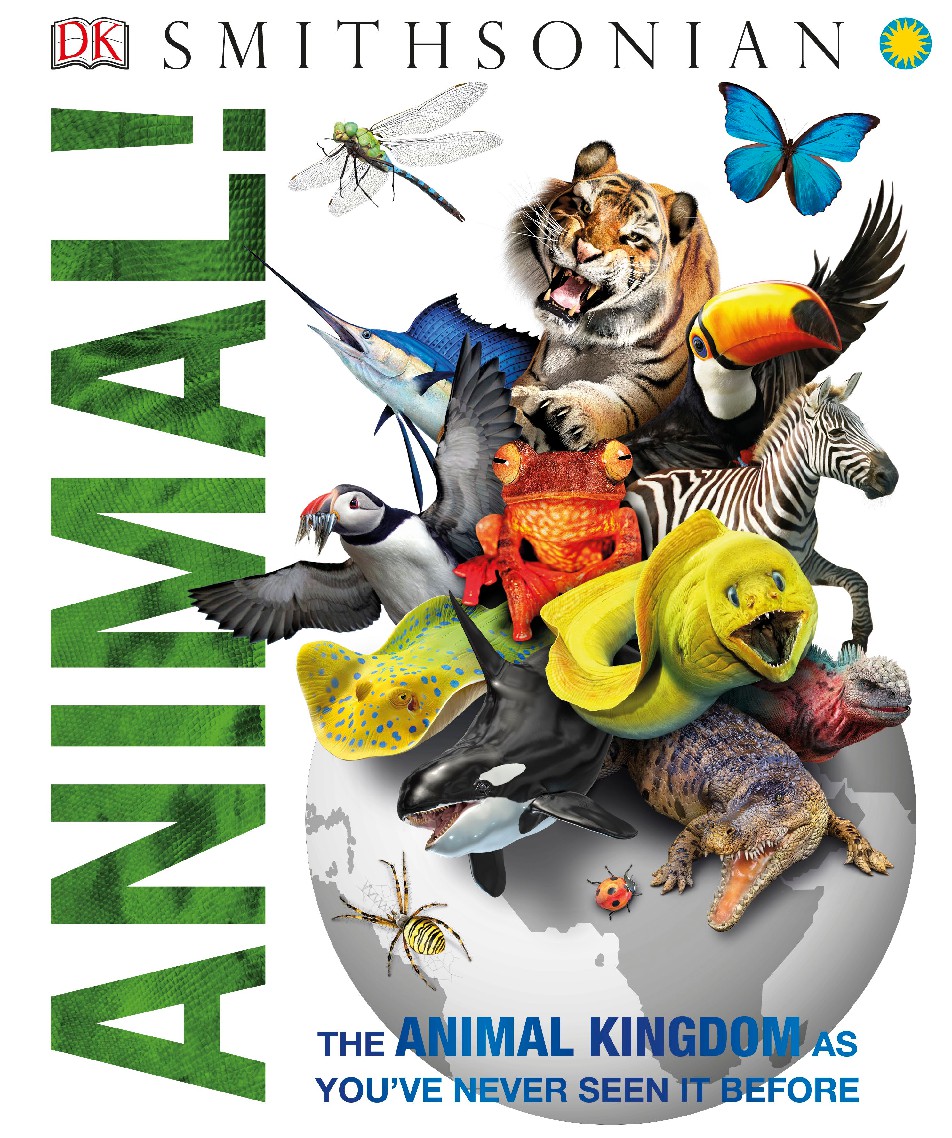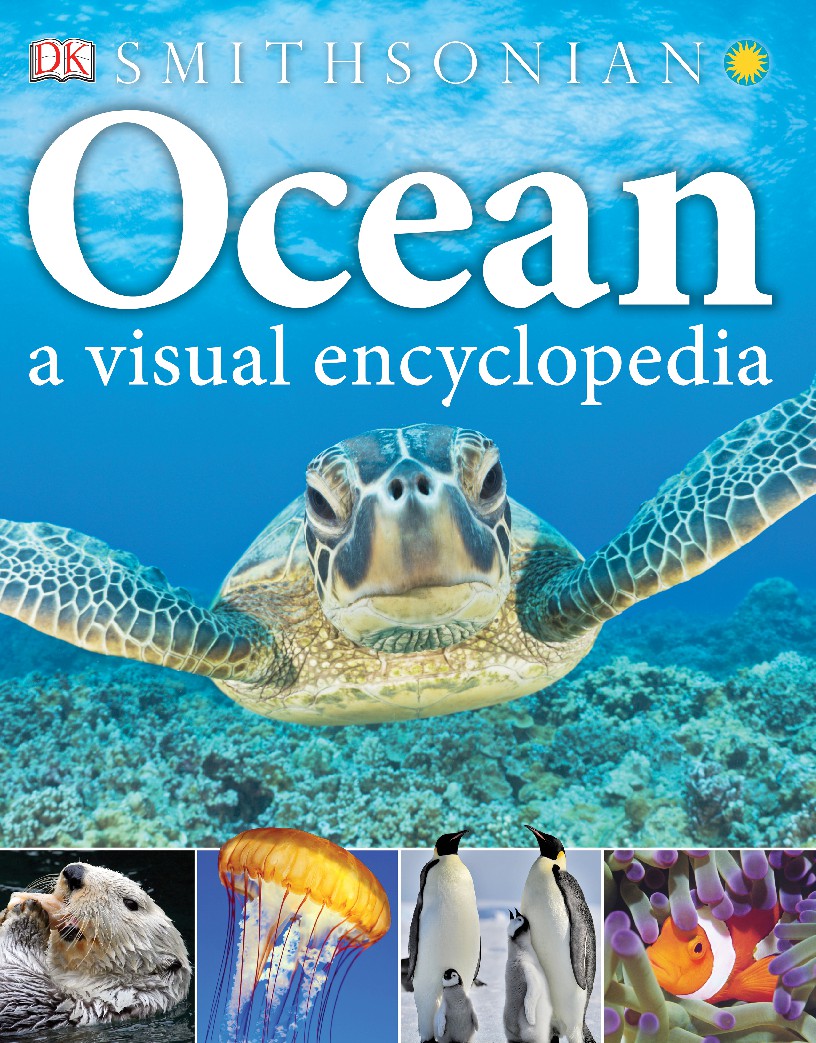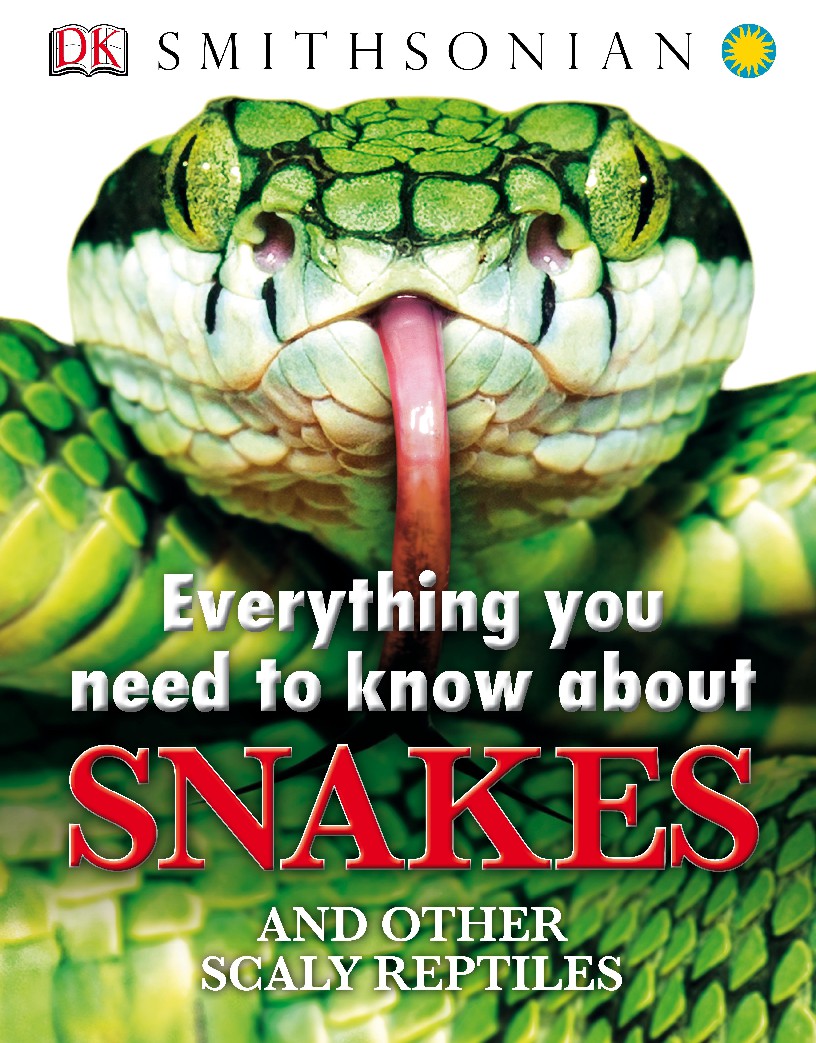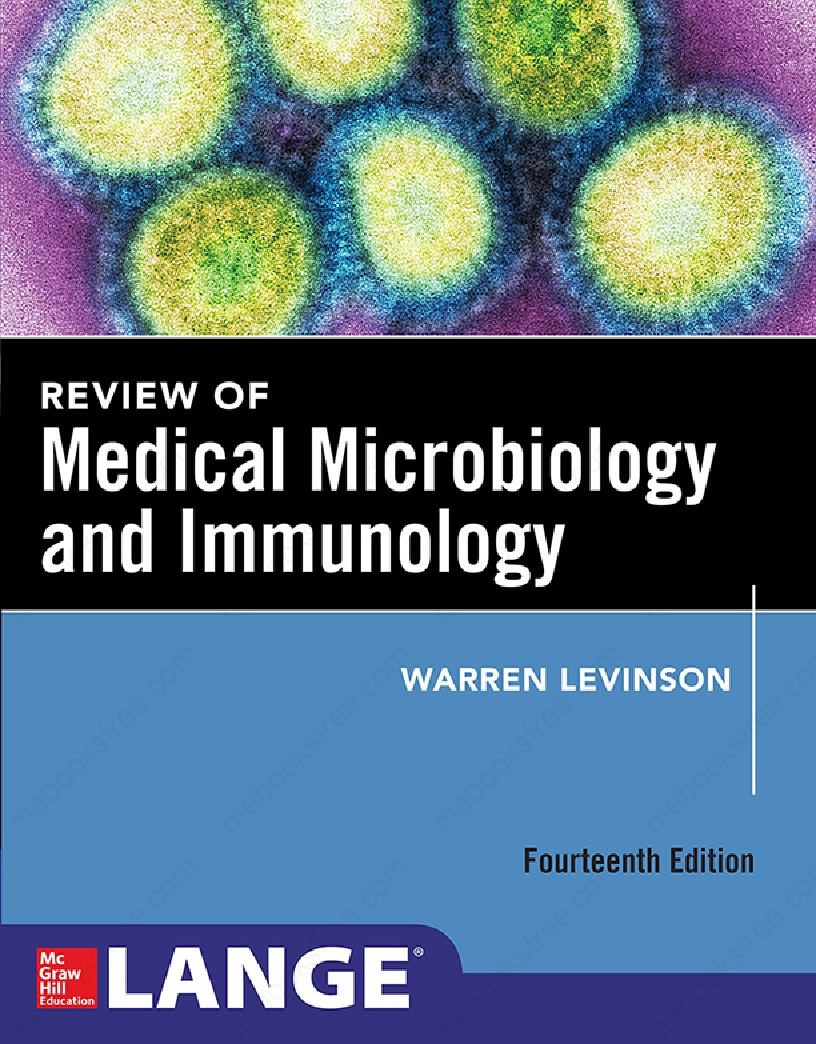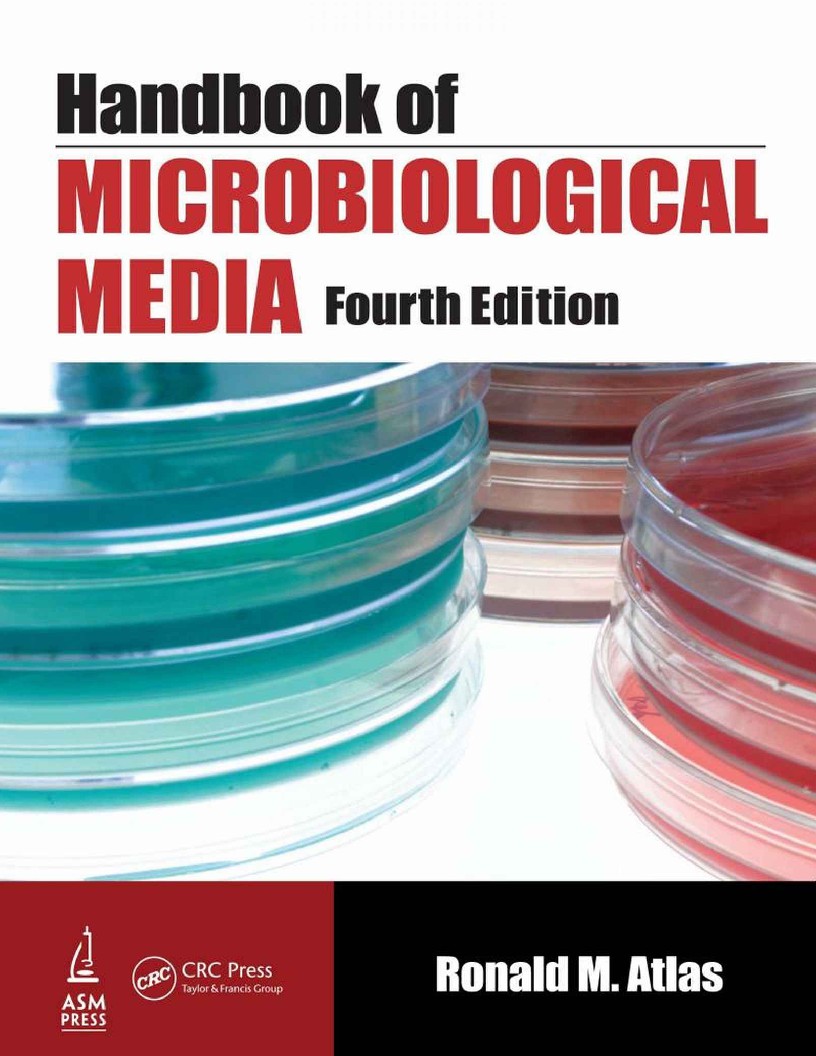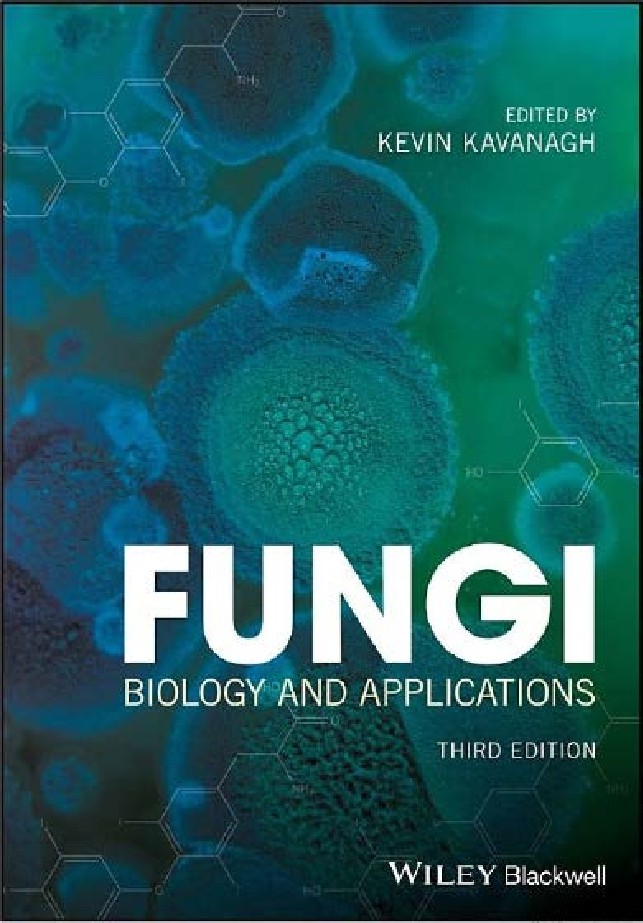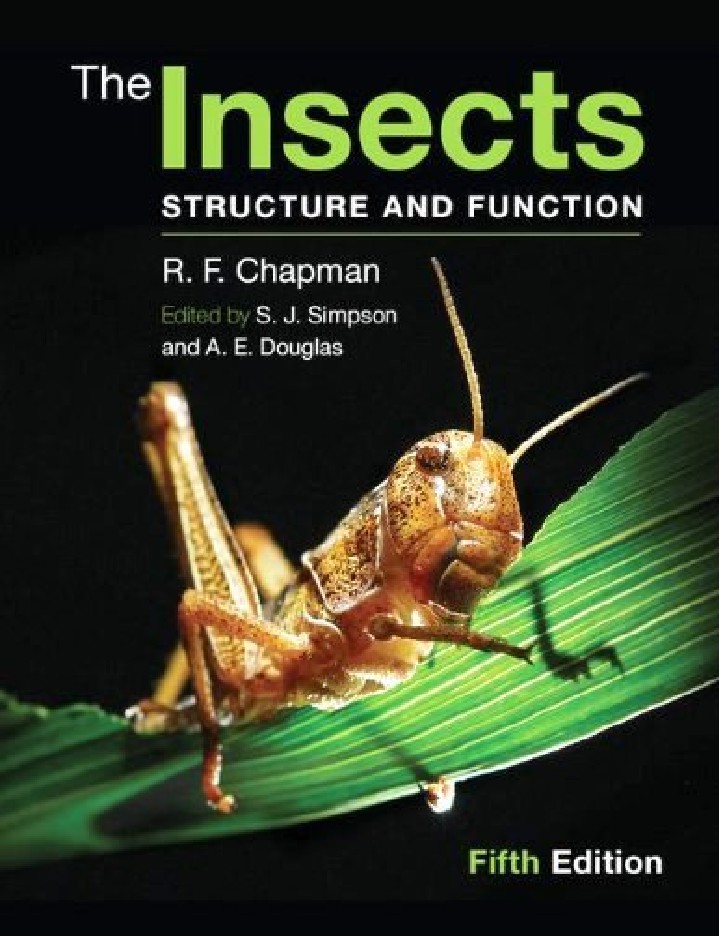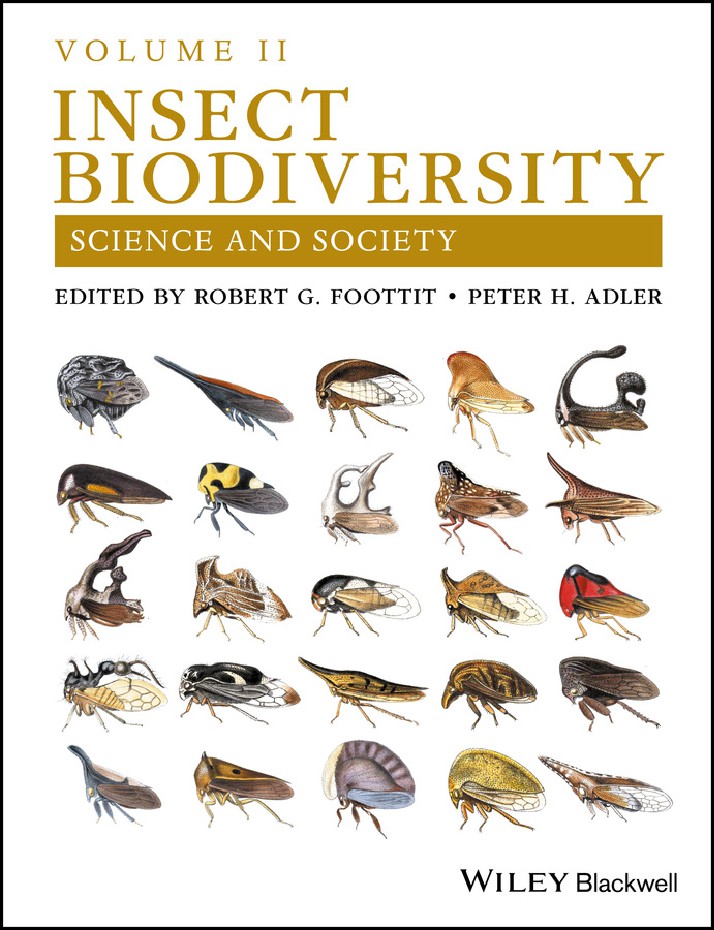Book Details

Food Microbiology
The history of civilization is intimately linked with the ability of humankind to
acquire sufficient food so that we could devote time and resources to pursue the
arts and sciences. While historians tend to focus on the contributions of agricul-
ture, those gains would have been for naught if means for preserving foods had
not been developed, first by techniques developed over the centuries by observa-
tion and trial-and-error, and more recently by the ever increasing application of
science and engineering.
At the core of these advances is our knowledge of food microbiology. Well
before Antonie van Leeuwenhoek described his “living animalcules,” many of the
conditions that controlled microbiological spoilage had been identified empiri-
cally. However, it was the emergence of the science of microbiology that moved
food preservation from an art to a science, allowing foods to be processed, dis-
tributed, and marketed with a high degree of confidence in terms of both the
product’s quality and safety. Thus, food microbiology has been a major part of
the discipline since its very earliest days.
The scope of food microbiology is highly inclusive, interfacing with virtually
all microbiology subdisciplines (e.g., public health microbiology, microbial ge-
netics, fermentation technologies, microbial physiology). Furthermore, food mi-
crobiologists have been in the forefront of many microbiological concepts and
advances. For example, the development of biofilms and the ability to detect low
numbers of metabolically stressed microbes from highly complex matrices are
two areas where food microbiologists are providing critical insights into the be-
havior of microbiological systems. Furthermore, new research topics have arisen
as a result of the unique challenges facing food microbiologists, such as predic-
tive microbiology, probiotics, microbial risk assessments, and naturally occurring
antimicrobials.
Author: Michael P. Dayle
Pages: 1139
Issue By: Gyan Publication
Published: 3 years ago
Likes: 0
